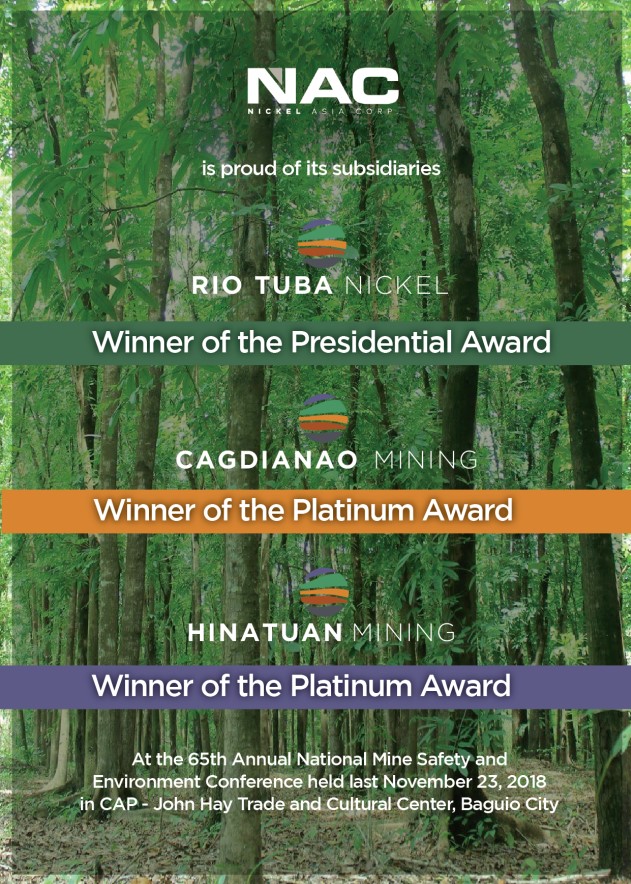The Capitol trees are a living heritage
 By Eva C. Visperas
By Eva C. Visperas
THE heart of Pangasinan is not just its people, culture, and rich history — it is also its living, breathing green spaces.
Trees are more than background scenery. They are silent sentinels that cool our towns, shelter our wildlife, and capture the carbon emissions that contribute to climate change. This is why the ongoing debate over the cutting of 192 trees in the Provincial Capitol Complex in Lingayen must not be treated as a mere footnote in the province’s redevelopment plan.
In a letter dated September 15, 2025 addressed to Governor Ramon “Mon Mon” Guico III, Forester Celso Salazar, president and founder of Pangasinan Native Trees Enthusiasts, Inc. (PangNTEs), made a clear and compelling appeal: development must proceed, but not at the expense of irreplaceable natural assets. Their message was not one of protest for protest’s sake but a call for balanced, science-backed solutions.
This is not an isolated sentiment. More than 5,500 individuals have already signed an online petition urging the provincial government to reconsider the tree-cutting plan. The PEACE Network, a coalition of civil society groups, also issued a statement expressing concern about the move, citing the urgency of climate change. These voices reflect a growing public awareness that unchecked urbanization could exacerbate heat waves, flooding, and biodiversity loss — problems that already threaten Pangasinan.
It is worth noting, the letter said, that the province has been identified by PAGASA as having one of the highest heat indices in the country, a sign of how vulnerable it is to extreme weather events. The World Risk Index 2023 places the Philippines among the most disaster-prone nations in the world. Every tree cut is one less natural air conditioner and one less carbon sink. The decision to remove nearly 200 trees, many of which are mature and some even century-old, must therefore be weighed against its long-term impact on public health, the environment, and the very livability of Lingayen.
The good news is that there are practical alternatives on the table. PangNTEs proposes earth-balling affected trees — a method that carefully uproots and transfers them to a safer site — along with geotagging century-old native species to ensure road networks are rerouted to avoid unnecessary destruction. They also suggest gradually replacing exotic species with Philippine native trees, which are more resilient and beneficial to local ecosystems.
These are not radical ideas. Similar measures have been implemented in Clark during its redevelopment under former BCDA chief Vince Dizon, where road projects were redesigned to save old trees. Even large corporations such as Ayala have demonstrated that it is possible to create “instant forests” by transplanting fully grown native species to preserve green cover in urban developments.
The provincial government has a unique opportunity to lead by example. Redevelopment can be a showcase of modern, sustainable urban planning that respects both progress and heritage.
On October 2, MovePH’s #AmbagNatin public forum will take place at the Archdiocesan Formation Center in Dagupan, inviting citizens to engage in meaningful conversations about governance, environment, and development. This is a timely venue to elevate this discussion beyond social media posts and petitions. Public participation is not a hindrance to progress — it is the very foundation of democracy.
The letter concluded with this powerful message to the governor: We salute your steadfast leadership and the vision you have shown in steering our Province toward progress that uplifts the lives of our people. It is in this same spirit of trust and partnership that we raise our appeal, confident that you will hear the voices of those who work tirelessly to protect our shared home. The decision before us is not only about trees, but about the kind of legacy we will leave — one that future generations will remember as a time when their leaders chose to protect what is irreplaceable. We believe that under your guidance, Pangasinan can stand as a model of development that honors both its people and its natural heritage.
The choice Gov. Guico makes on this issue will send a strong message about what kind of development Pangasinan is pursuing — one that paves over the past or one that preserves what is worth keeping for the future.







